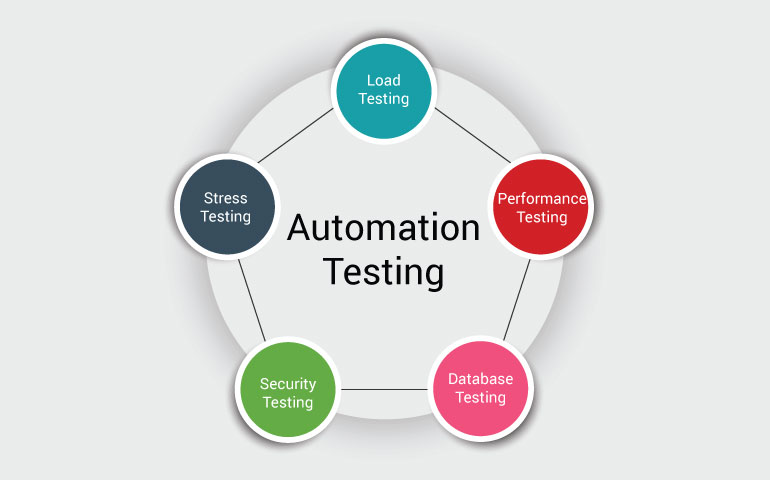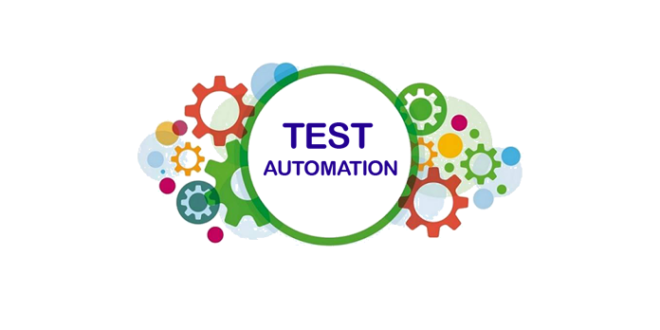From Manual to Automated Screening: A Comprehensive Overview to Transitioning Efficiently and Properly
In the realm of software program screening, the shift from manual to automated processes has become a progressively vital change for organizations seeking to enhance performance and precision in their screening practices. The journey from manual to automated screening is not without its challenges, however when come close to strategically and with a clear strategy in mind, the benefits can be substantial.
Advantages of Automated Examining
Automated screening supplies countless advantages, boosting performance and accuracy in software program growth processes. Automated tests can be run at the same time on several tools and running systems, dramatically speeding up the testing stage compared to hand-operated screening.
Moreover, automated screening ensures a higher level of precision in detecting defects. Uniformity in screening is likewise improved, as automated tests carry out the very same steps exactly each time they are run.
Picking the Right Devices

First of all, assess your goals and requirements. Recognize the range of your project, the modern technologies involved, and the capability of your team. This evaluation will certainly aid you determine the attributes and capacities you need in your testing tools.
Second of all, take into consideration the compatibility of the devices with your existing processes and systems. Smooth combination with your present software program advancement lifecycle is essential to guarantee a smooth shift to automation.
Furthermore, assess the scalability and versatility of the tools. As your testing needs evolve, the tools must have the ability to adjust and accommodate adjustments effectively.
Last but not least, factor in the assistance and neighborhood around the devices. Durable assistance and an active user neighborhood can provide useful sources and help when carrying out automated screening. By carefully taking into consideration these elements, you can select the right tools that straighten with your requirements and established the stage for an effective change to automated testing.
Composing Reliable Test Scripts

When crafting examination scripts, it is important to take into consideration the certain demands of the software program being evaluated and make certain that the manuscripts attend to all critical functionalities. Detailed and clear calling conventions for test manuscripts and examination situations can enhance readability and maintainability. In addition, incorporating mistake handling devices within the test manuscripts can help in determining and dealing with concerns promptly.
In addition, organizing examination scripts into modular parts can boost reusability and scalability, lowering redundancy and enhancing performance in test script maintenance. Routine reviews and updates to test manuscripts are important to maintain pace with developing software program requirements and performances. By adhering to these principles, testers can produce durable and effective examination scripts that contribute substantially to the success of automated screening processes.
Integrating Automation Into Workflows
By effortlessly integrating automated screening tools like Selenium or Appium right into the software development lifecycle, teams can attain faster comments on code adjustments, leading to quicker insect detection and resolution. This assimilation enables for constant screening throughout the growth procedure, ensuring that any kind of concerns are recognized early on, resulting in higher software application top quality. Appropriate combination of automation tools requires partnership in between development, testing, and procedures teams to develop a unified process that maximizes effectiveness and effectiveness in providing top notch software items.
Guaranteeing a Smooth Shift
Effectively transitioning to automated screening includes careful preparation and cautious implementation to i loved this maximize and decrease disruptions performance in the software application growth procedure - automation page testing. To guarantee a smooth transition, it is important to begin by performing a detailed evaluation of the current testing procedures and identifying areas where automation can bring the most considerable benefits. Engaging with all stakeholders at an early stage while doing so, including designers, testers, and project managers, is important for amassing support and buy-in for the automation campaign
Interaction is vital throughout this shift stage. Clear communication of the goals, benefits, and assumptions of automated screening helps to manage any kind of resistance or concerns that may develop. Additionally, offering ample training and resources for employee to upskill in automation devices and strategies is essential for ensuring an effective shift.

Conclusion
To conclude, transitioning from guidebook to automated testing provides many advantages, consisting of raised efficiency and reliability. By selecting the proper tools, writing reliable examination manuscripts, and incorporating automation seamlessly into workflows, organizations can guarantee a smooth and successful shift. It is necessary to welcome automation as a beneficial property in software program screening procedures to boost total top quality and performance.
In the world of software screening, the change from guidebook to automated procedures has become an increasingly important transition for companies looking for to improve effectiveness and accuracy in their testing methods. Automated examinations can be run concurrently on several devices and running systems, drastically speeding up the screening stage compared to manual screening. Uniformity in screening is also improved, as automated tests implement the same actions precisely each time they are run.To make sure the successful execution of chosen screening tools, the try this out development of reliable examination scripts plays a critical duty in validating the functionality and efficiency of automated procedures - automation testing. By complying with these principles, testers can create reliable and robust test scripts that add significantly to the success of automated screening procedures
Comments on “How Automation Testing Transforms Quality Control Processes”